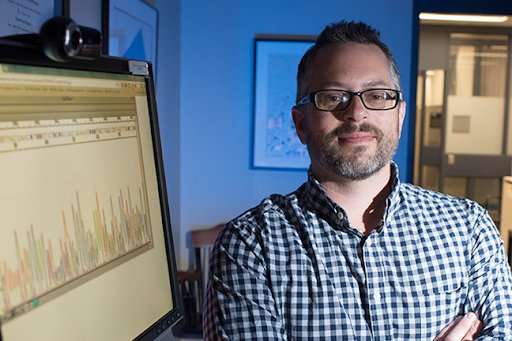Long-term survival rate of patients with cardiac defect called tetralogy of Fallot

A new study from the University of Minnesota Medical School and Masonic Cancer Center researchers, recently published in JAMA Cardiology, evaluated the long-term survival rate of patients with a very serious cardiac defect called tetralogy of Fallot.
Tetralogy of Fallot is a birth defect that affects normal blood flow through the heart. This heart defect can cause reduced flow of oxygen in the blood to the rest of the body. Infants with tetralogy of Fallot can have a bluish-looking skin color, called cyanosis, because their blood doesn't carry enough oxygen.
In a cohort study funded by a grant from the National Heart, Lung, and Blood Institute (NHLBI), researchers studied nearly 3,300 patients who had surgery which repaired their tetralogy of Fallot. The database, the Pediatric Cardiac Care Consortium, was founded in 1983 at the University of Minnesota to collect surgical outcomes among children with congenital heart disease throughout the country. With NHLBI funding the investigators linked the database to the National Death Index and the United Network for Organ Sharing.
Researchers found:
- the overall survival of patients in the database of tetralogy of Fallot surgery was almost 95 percent over 25 years, but there were survival differences among patients;
- children who received surgery in stages had nearly twice the mortality rate as children whose heart was repaired at once in infancy, as did children who received "non-valve-sparing" operations.
"This study shows participants who had a congenital heart disease as a child may have ongoing medical needs as an adult resulting from their status and they should seek out a specialist who can tell them what their risks are," said Logan Spector, professor in the Department of Pediatrics at the Medical School and Masonic Cancer Center.
"A potential cause for higher mortality in non-valve-sparing surgeries is that with this operation a big incision is made in the right pumping chamber, which could lead to later complications," said Julia Steinberger, a professor in the Department of Pediatrics at the Medical School and Masonic Cancer Center. "Staged repair consists of two operations, in which the first is a smaller procedure to provide blood flow to the lungs and the second is complete repair. Staged repairs are often done in more severe disease or in patients who have other severe medical problems. These factors in addition to having to undergo two surgeries at a young age, may explain the higher mortality rate," said Steinberger.
Steinberger believes this study, which encompasses large numbers of patients from multiple centers, brings them closer to what is needed in this field of research.
"Hundreds of Minnesota children are born with heart defects each year. There is an urgent need to understand their health after surgery," said Spector.
More information: Clayton A. Smith et al. Long-term Outcomes of Tetralogy of Fallot, JAMA Cardiology (2018). DOI: 10.1001/jamacardio.2018.4255



















